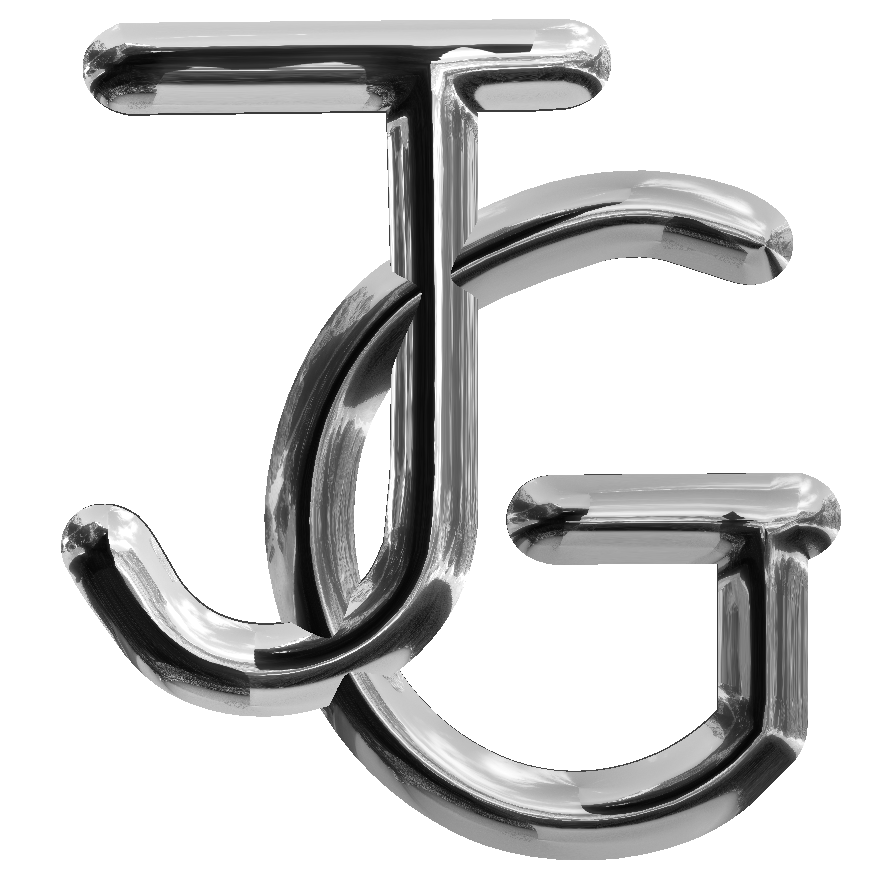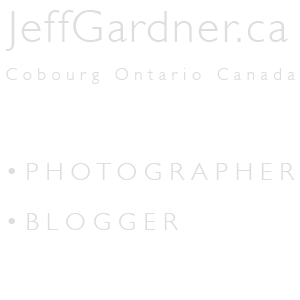This is the second in a series of articles discussing methods of organizing work flow to prevent rework, improve quality by maintaing image resolution and colour detail throughout the life cycle of the image. Article 1 dealt with image capture and file management and can be downloaded at: http://www.jeffgardner.ca/NPC/Article1.pdf
Workflow
After importing an image from the camera into a cataloging system, the next steps are:
- Rate / Cull
- Image Adjustment and Editing
- Create Working Copies for various types of Output
- Backup
Rate / Cull – after image import from the camera, images should be rated to identify the best shots. Those not worth keeping (totally out of focus, ruined) should be culled and deleted to save space. Most tools have a rating scheme – in the case of Lightroom it offers:
- Flags (of which the most useful is: Flag for Reject, then Photo > Delete Rejected Photos)
- Colours – best used to flag the output purpose of the shot (for printing, web output etc.)
- Star Ratings – 1 to 5 to assist in ranking (for an advanced rating approach see details link at the end of this article).
Image Adjustment and Editing – after selecting the images worthy of further attention, editing tools are used to make adjustments. Basic editing is performed at this point such as: Crop, Exposure, White Balance etc., then noise reduction and sharpening is performed. After that, optional advanced editing may be performed on selected images. One question often asked by advanced users is “which software should be used to do what?”:
- Cataloging thousands of Images: Lightroom or Aperture are the common products. If you don’t have that many images, a file folder structure may be sufficient.
- File Management during editing process: 10-30 images – Adobe Bridge which is tightly coupled with Photoshop. (Tip: Bridge also handles non image files such as Word docs, thus allowing instructions or workflow notes to be recorded in the same file folder as images)
- Camera Raw editing – Lightroom or Aperture. Only use Adobe Bridge if the other products are not used.
- Basic Image Editing: Lightroom or Aperture
- Advanced Image Editing – Photoshop or other.
Image Editing tools are split into two categories:
- Non Destructive – those tools that record sets of instructions (XML) to modify the image without actually changing the pixels (Lightroom, Aperture, Bridge)
- Destructive – pixel editors, where the actual file content is changed, often making it impossible to recover previous steps. Photoshop and most camera manufacturers’ basic software fits into this category, as well as web based products such as Picasa. The workflow must be modified to accommodate the need to recover previous steps and to allow for variations in output which is required for advanced processing. See the link at the end of the article for details. Once using Destructive pixel editors, avoid switching back to non destructive. For example, if editing in Lightroom and then Photoshop, keep all edits in photoshop, otherwise layers will disappear if you then start making changes in Lightroom again.
Noise Reduction – Noise is comprised of random pixels, either in brightness or colour. Film photographers could not do much about distortion when shooting at high ISO settings but many digital images need noise reduction (especially at high ISO, although the better cameras produce much less noise then point and shoots). Most tools have noise reduction settings. Be aware that over-doing the noise reduction on brightness (luminosity) can blur an image, while there is not much downside to over-doing the colour noise reduction.
Sharpening – This is an area where many photographers need to focus some attention. Digital cameras have an internal filter that slightly blurs every image. JPEG images may have been sharpened in camera, but all Camera Raw images need some sharpening, since this will not be performed in camera. Most photographers either ignore this step or over-sharpen producing either small halos in detailed areas (bad) or a frozen “ice covered” look which is even worse. Update: Jan 12/2011 – Note – in a previous post I forgot to mention that Sharpening should be performed after Noise reduction, otherwise you are sharpening the noise. Adobe Camera Raw and Lightroom will handle the order automatically, but take note of the sequence in Photoshop or similar tools.
Sharpening tools should be used at 100% screen view. The image is sharp when edges look sharp – be subtle. Keep sharpening until detail looks over sharp (as described above) and then back it off a bit.
Colour Management: In Article 1 I mentioned that the camera should be set to Adobe RGB which has a greater colour range than sRGB. After import into an editing tool, the colour space should be expanded again to the widest colour space available. Adobe users should preserve colour by using the ProPhoto RGB colour space. If you have sufficient computer power, 16 bit does allow for a wider colour depth but 8 bit saves considerable disk space. Ensure that your output device handles more than 8 bit should you decide to use 16 bit, otherwise considerable processing time and disk space is simply wasted.
Resolution: Use the best file format available to you to retain full resolution while editing. The TIFF file format is best and allows for maximum flexibility while retaining full image quality. PSD files are fine but have some restrictions while JPEGs should be avoided since they will lose detail.
Output: This will be the subject of the next article including: why it’s often necessary to sharpen again, when to flatten an image, saving different output steps, how to handle colour profiles and what type of file format is appropriate.
Backup: Naturally, you are backing up all the files as workflow steps are performed, so that any hardware or human errors can be recovered from – right?
Note: Backup software cannot successfully restore a Lightroom Catalogue unless that catalogue is closed at time of backup.
For details on the above techniques, please see: www.jeffgardner.ca/NPC/Article2.pdf

